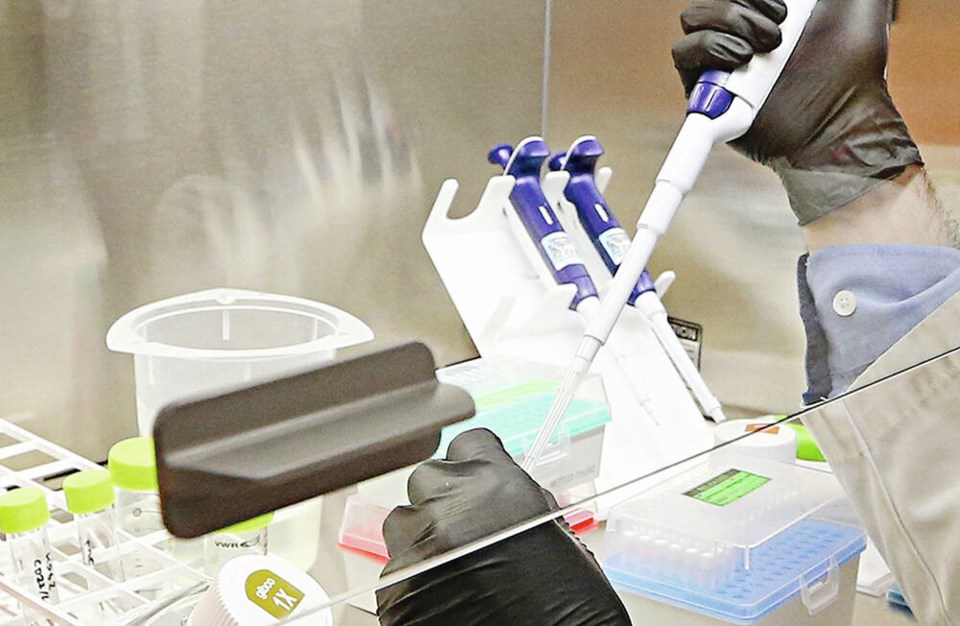When the war on cancer was declared in 1971, the aim was to find a “cure for cancer.” It was thought that just as the introduction of penicillin in the 1940s cured a variety of infectious diseases at a stroke, a single cure for cancer might be achievable.
And two recent breakthroughs have brought back into focus that decades-old hope — that a cure for cancer might be somewhere in sight.
The first involves a drug called lorlatinib. It’s a treatment for advanced lung cancer, one of the most difficult cancers to treat.
In a recent trial, 60 per cent of patients with this frequently deadly condition were still alive five years after treatment, with no signs of progression.
In contrast, only eight per cent of those who received the standard therapy remained alive after five years.
The 60 per cent five-year survival rate is, by far, the longest progression-free survival ever recorded in patients with non-small lung cancer, the most common form of this disease.
Doctors are calling these results “off the chart.”
According to one expert in the field: “Sixty per cent five-year progression-free survival in non-small cell lung cancer is just unheard of.”
Lorlatinib is now available in B.C. A treatment costs $8,982 for a 28-day cycle, relatively cheap compared with the hugely expensive drugs now coming on market.
The second recent breakthrough occurred in the treatment of melanoma, on often fatal skin cancer.
A new personalized vaccine for melanoma has been shown to halve the risk of patients dying or the cancer returning.
Patients who received the shot all had stage 3 or 4 melanoma. Three years later, 49 per cent had survived and/or experienced no recurrence. That far exceeds the benefits of traditional treatment.
The vaccine is built around the same mRNA therapy developed to produce COVID vaccines. It triggers an immune response unique to each patient.
The vaccine is now being tested on lung, kidney and bladder cancer. Which again raises the question, is a single cure for cancer now within reach?
In one important respect, the answer is no. There are more than 200 types of cancer, and no one treatment will cure them all.
Does that mean we are reduced to working out separate cures for each of them, potentially a decades-long process?
Not necessarily. What we can hope to do is find therapies that cure groups of cancer that are susceptible to the same treatment mechanism.
Lorlatinib inhibits the production of an enzyme needed for cancer spread, however the same enzyme is present in other types of cancer. That holds the promise of therapies for a wider range of tumours.
Likewise mRNA vaccines employ a mechanism that has the potential to attack several solid organ tumours.
The drug herceptin is yet another such mechanism. It disrupts the ability of cancer cells to multiply and increases their vulnerability to the patient’s immune system.
This CAR-T therapy is effective against several blood cancers, among them leukemia. It works by modifying the body’s white blood cells so they can detect and kill cancer cells more effectively.
In Canada, some 230,000 people will be diagnosed with cancer each year, 28,650 of them in B.C. Those numbers are likely to grow as our population ages.
As it is, an estimated two in five 91Ô´´s will be diagnosed in their lifetime.
A cancer diagnosis is obviously frightening, but it is reassuring to know how far we’ve progressed.
It may well be that there won’t be one single magic bullet. But the more we learn about the underlying mechanisms involved, the likelihood grows that we can build an arsenal of cures.
>>> To comment on this article, write a letter to the editor: [email protected]



